Tai no yakimono is a traditional Japanese dish featuring grilled sea bream, a fish known for its delicate flavor and symbolic meaning. Often served during special occasions, it is not only a delicious meal but also a representation of good fortune and prosperity. In this article, we’ll dive deeper into the significance of tai no yakimono, how locals prepared it, and why it’s such a cherished part of Japanese culinary traditions. Keep reading to learn more about this unique and auspicious dish!
What is Tai no yakimono?
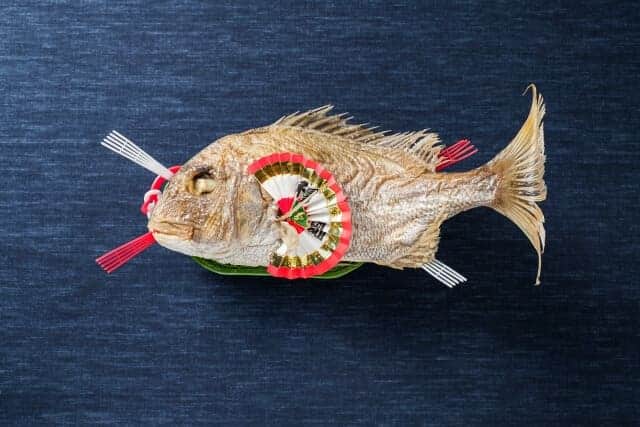
Tai no yakimono (鯛の焼き物) refers totai (鯛), which is the red sea bream, often considered a symbol of good fortune and celebratory occasions in Japan. Locals typically grilled this fish, either whole or as fillets, and served with minimal seasoning. The preparation often involves lightly salting the fish before grilling it, resulting in a deliciously crispy skin and tender, flaky flesh. This dish is common on special events, like New Year‘s celebrations or weddings, due to the auspicious nature of the fish. You can accompany Tai no yakimono by garnishes such as grated daikon radish or a light dipping sauce. It is a popular item in both formal kaiseki meals and casual dining.
Tai or Sea bream
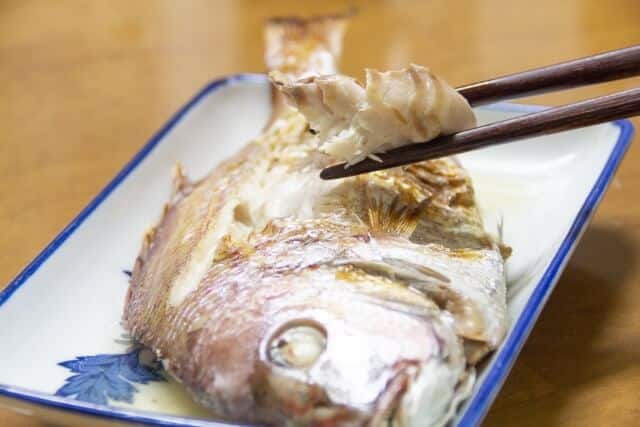
The sea bream, or “tai,” is famous to be the lucky fish in Japan. Its head and tail are often kept intact when served, symbolizing a full and complete life, and it’s called “medetai,” meaning “happy sea bream,” as a playful word. The red and white colors of the fish also add to its association with good fortune. Grilled salted sea bream is a popular dish for celebrations, and learning how to prepare it is a great way to enjoy this symbolic fish. Known as the “king of fish,” sea bream can live for over 20 years, with some living up to 40 or 50 years, symbolizing longevity. Often offered to the gods, making it an ideal choice for special occasions.
Trivia: Nirimitai (Tai no yakimono as decorative item custom)
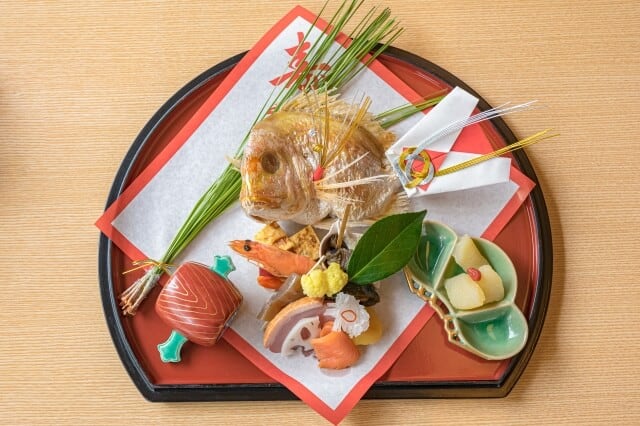
Salt-grilled seabream is a dish that locals served during celebrations. Sometimes, they used it as a decorative item, especially during the New Year holidays. Nirimitai is a custom unique to Western Japan, where locals place the whole grilled sea bream on the table and left untouched for the first three days of the New Year. During this time, they believed that the sea bream’s presence brings good fortune for the year ahead. On the fourth day, they will re-heat and re-cook the fish, and the head of the household eats it first, followed by other family members. However, in modern times, the way people eat grilled sea bream has become more varied, with many enjoying it without strictly following traditional customs or etiquette. While this custom is not widespread across Japan, it is particularly common in Western Japan, especially in the Kansai region.
Tai no Tai
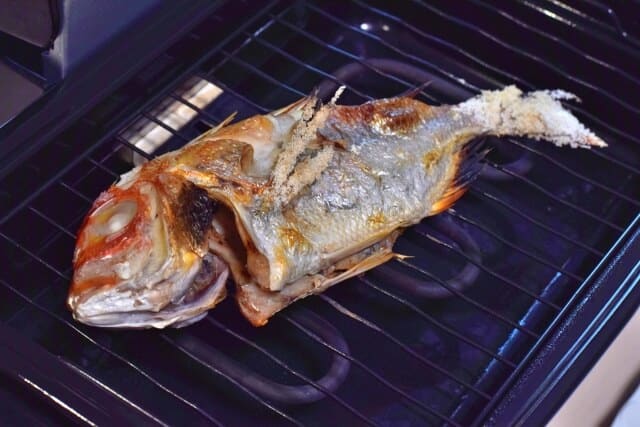
“Tai no Tai” refers to a special part of the sea bream’s skeleton. This part is where the shoulder blade and mouth bone connect. The red sea bream has two of these rare pieces – one on the left and one on the right. You can only find two in each fish. Locals considered the “Tai no Tai” a symbol of good luck due to its rarity and beautiful shape. People believe carrying it brings good fortune. The phrase “Tai no Tai” can be traced back to the Edo period. This shows sea bream was highly valued as a lucky charm even then.
Types and Characteristics of Sea Bream in Japan
In the waters of Japan, there are various species of sea bream, among which there are 13 species that truly belong to the Sparidae family.
These sea bream can be broadly classified into “red sea bream” and “black sea bream.” The most famous and high-end representative is the madai (true sea bream). Kurodai, or black sea bream, features blue spots on its body and a black-edged tail fin. People widely recognize this fish as an essential part of celebrations.
The chidai (blood sea bream), which resembles madai, has a protruding nape and gill membranes that are red like blood. On the other hand, kidai (yellow sea bream) lacks the blue spots found on kurodai. Instead, kidai is characterized by a strong reddish dorsal fin and lives in relatively deep waters.
The black sea bream, known as kurodai, has a dark coloration in its tail fin, anal fin, and pelvic fin. The kichinu, which resembles kurodai, is distinguished by its yellow lower lobe of the tail fin, anal fin, and pelvic fin.
In addition, various types of sea bream such as heda, kibire akarenko, and hoshi renko inhabit the seas of Japan. Moreover, many fish outside the Sparidae family also bear the “ayakari-dai” name, which originates from sea bream. Examples include ishidai and amadai. Interestingly, the same fish can have different names depending on the region.
For example, people in Kansai and Shikoku call kurodai “chinu,” while those in Kyushu refer to it as “chin.” These diverse local names reflect the richness of Japan’s sea bream culture. Indeed, Japanese sea bream comes in abundant variety, each type possessing distinctive appearances and ecologies. The Japanese have cherished sea bream since ancient times, making it a fish deeply rooted in the nation’s food culture and traditional events. This revered status symbolizes the overall bounty of Japan’s seas.
FAQ
- How long does it take to grill sea bream with salt?
There is a method where you bake the sea bream in a preheated oven at 200°C for about 20 minutes, then lower it to 180°C and bake for an additional 15 minutes. This results in a plump and tender finish.
- What kind of fish is tai in Japan?
The Japanese highly revere sea bream, considering it a very special fish. As a result, sea bream has long been an indispensable presence at celebrations and special events in Japan.
Takeaway
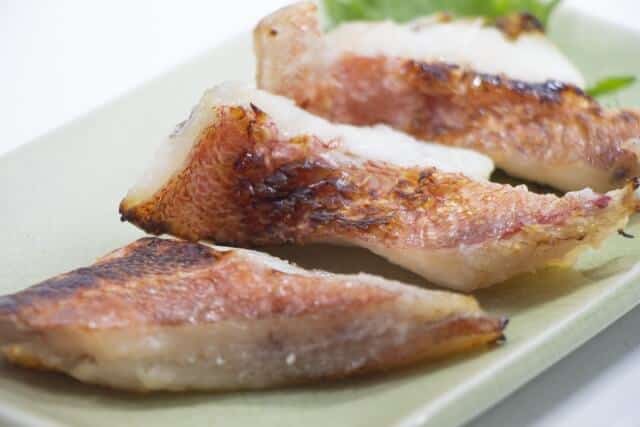
Finding a beautifully grilled sea bream and enjoying it firsthand will not only offer a taste of Japan’s rich culinary traditions but also a taste of good fortune. So, be sure to seek out tai no yakimono in Japan and experience this special dish for yourself!
You can try out other Osechi dishes we recommend below that will make you know more about Japan’s culture.
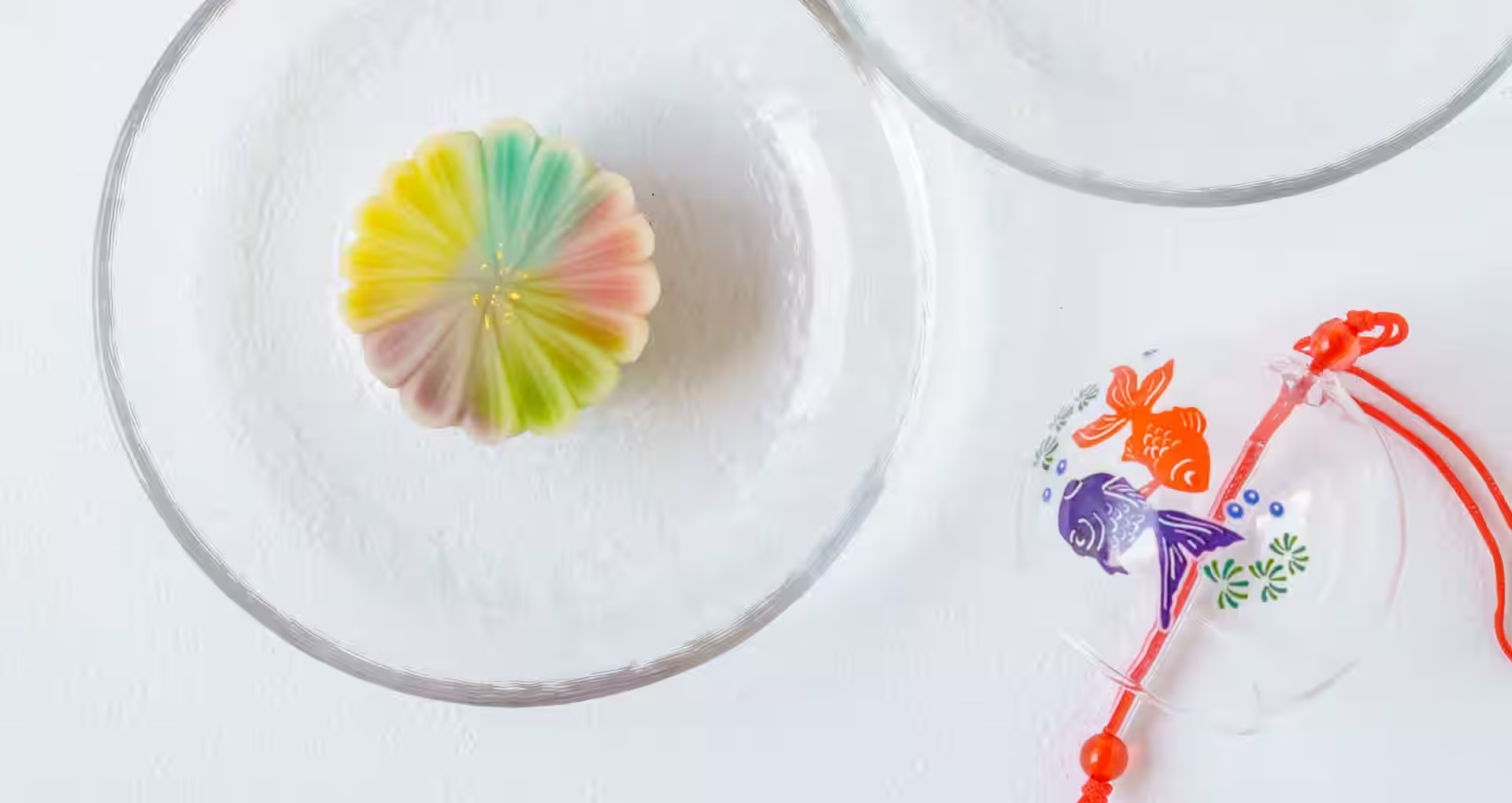
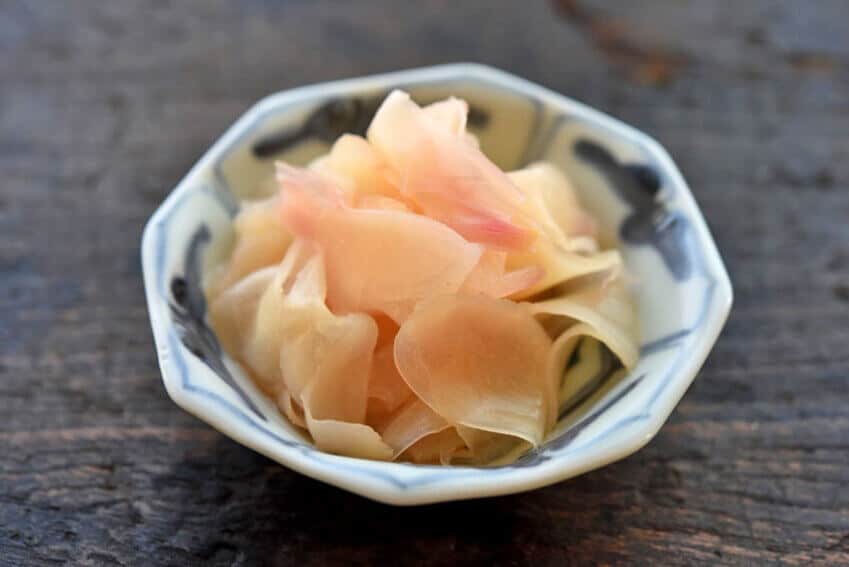
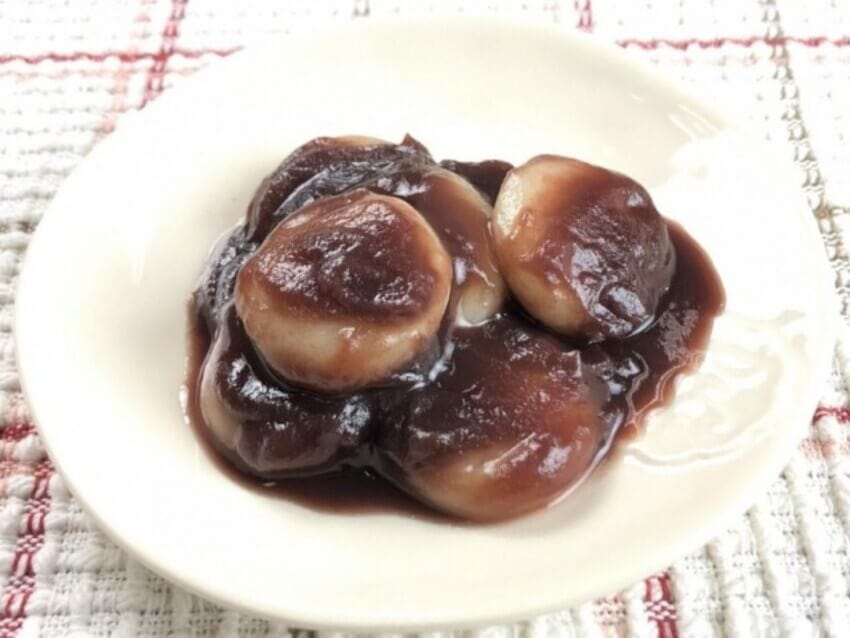
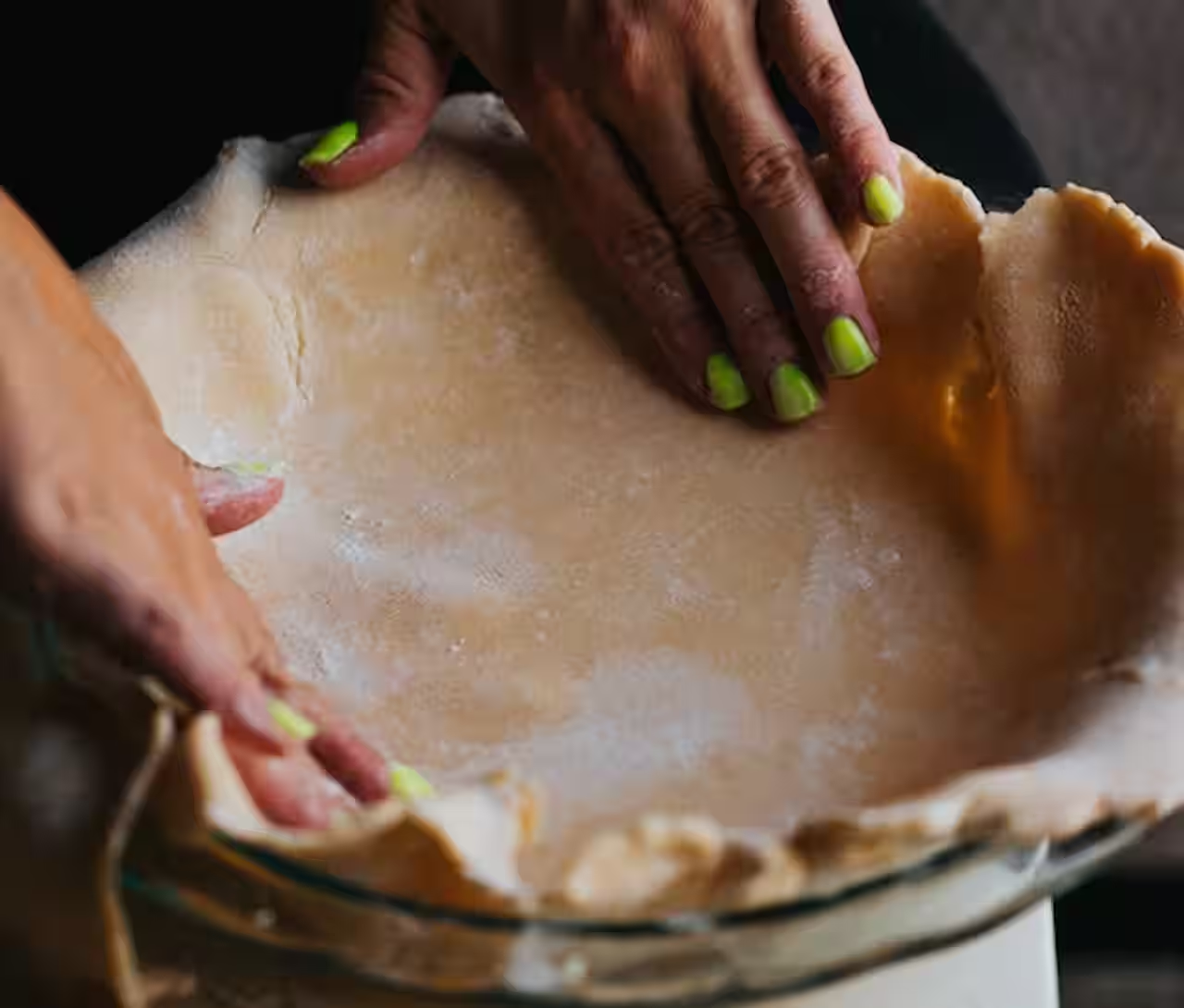
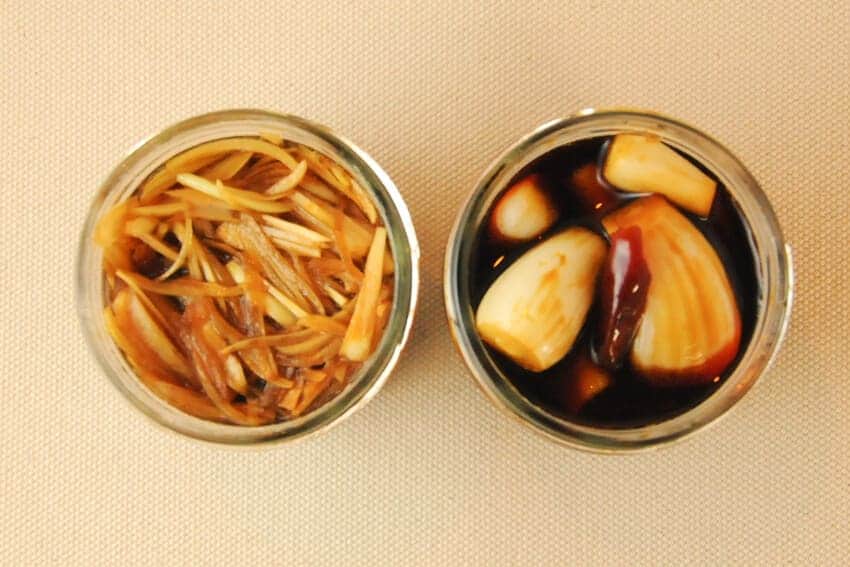

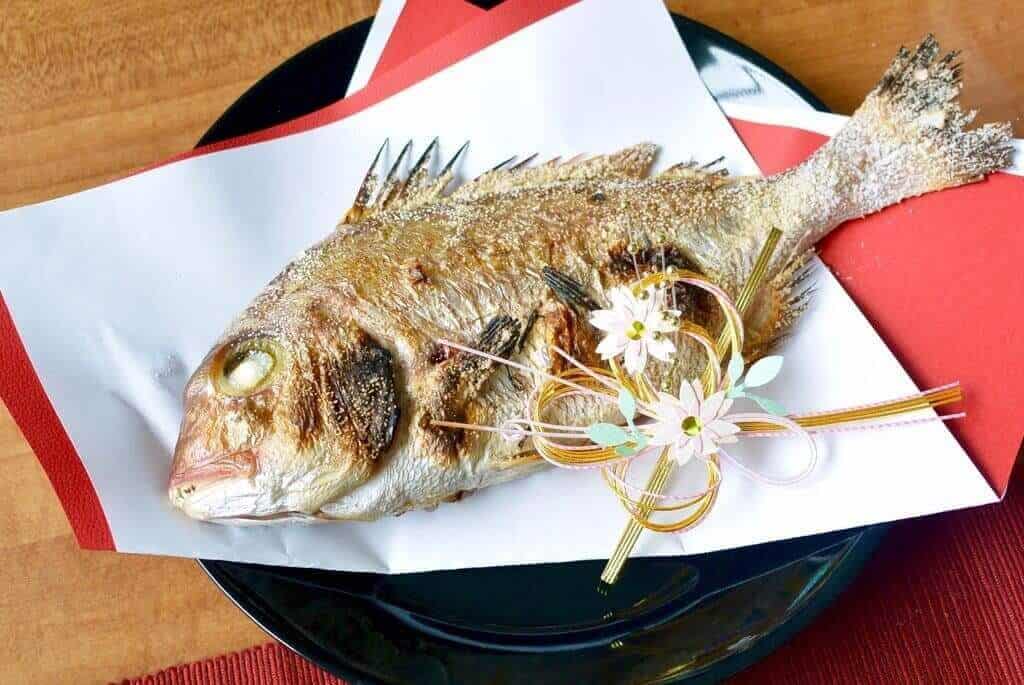
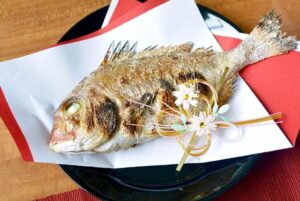
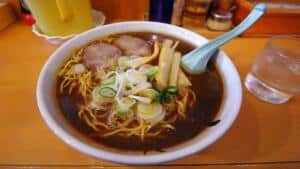
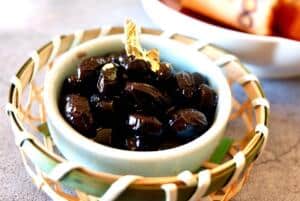
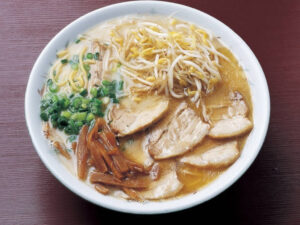
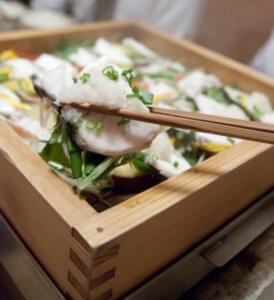
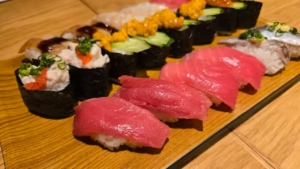
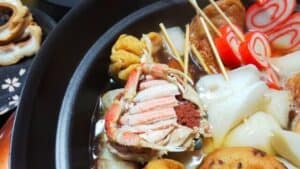
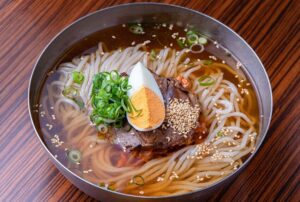
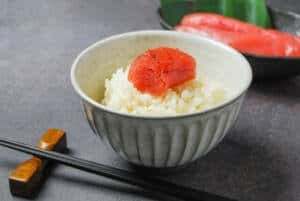
Comments